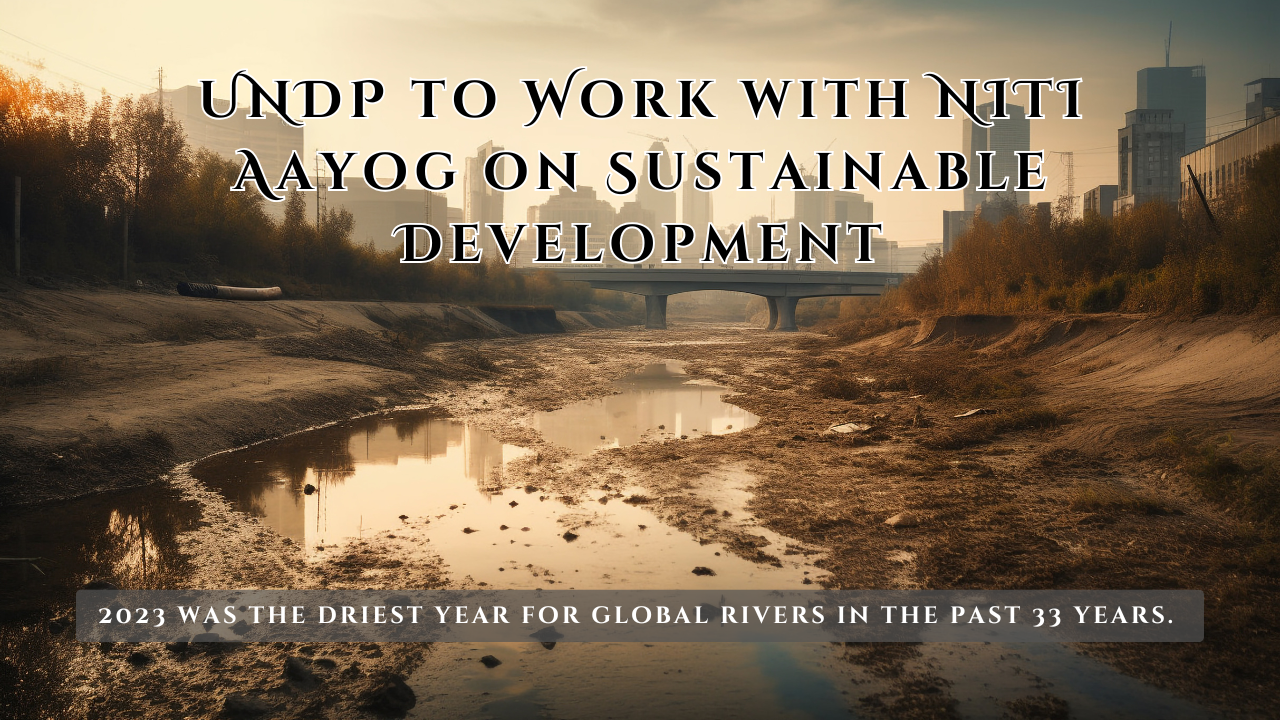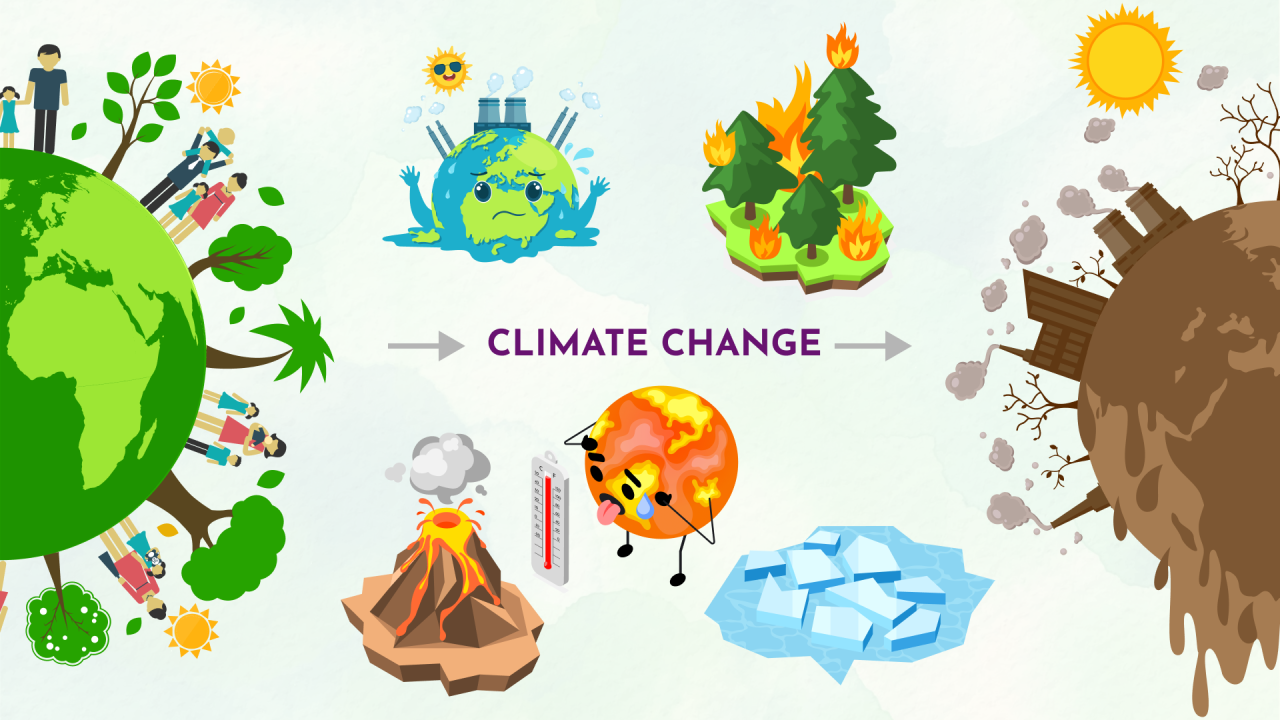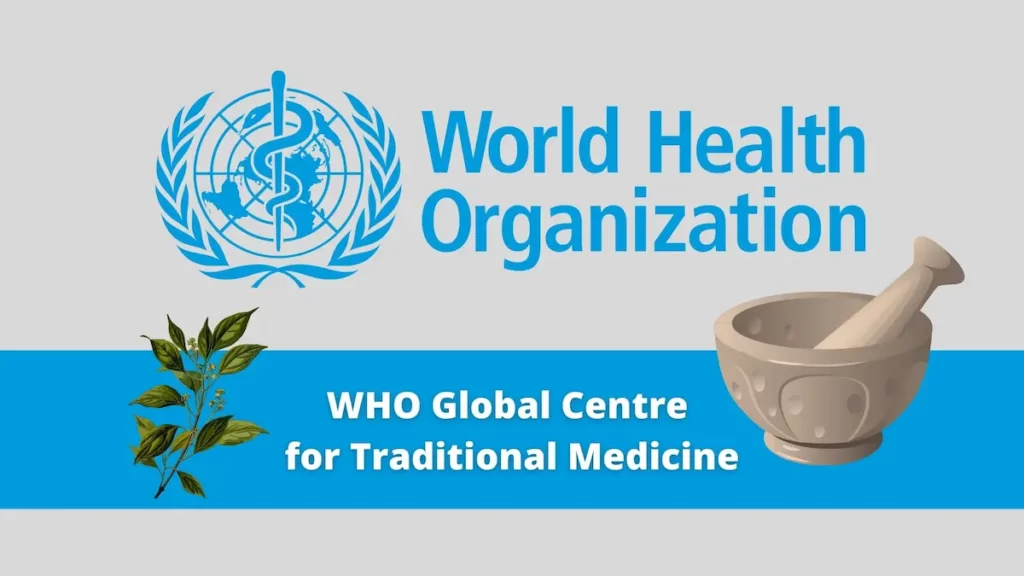Font size:
Print
World Population Day and India’s Demographic Journey
Context: July 11 has been observed as World Population Day since 1989 after the global population crossed the five billion mark. The population is now estimated to be 8.1 billion, with India as the most populous nation (1.44 billion), which is slightly more than China’s.
More on News:
- Theme for 2024: Focus on women’s sexual and reproductive health rights, aligning with ICPD’s 30th anniversary.
- Progress in access to contraceptives and maternal health, but disparities persist, particularly in developing regions.
- Expected global population to reach 8.5 billion by decade’s end.
- Population Trends: Asia faces overpopulation, while Europe anticipates underpopulation due to ageing demographics.
- Demographic Shift: India’s trajectory from potential crisis to current challenges and opportunities amidst declining fertility rates and increased longevity.
- Regional Disparities: Poverty concentrated in states like Uttar Pradesh, Bihar, Madhya Pradesh, and Jharkhand, despite comprising 34% of India’s population, these states account for 83% of national poverty.
Demographic Transformations and Household Dynamics:
- India successfully reduced fertility rates from 3.4 to below replacement level (2.1) by 2021.
- Improvements in life expectancy and healthcare are contributing to demographic shifts towards an ageing population.
- Lower fertility rates and increased longevity are reshaping household composition.
-
- Imbalanced distribution of children and elderly within households poses challenges for inequality and care burden, especially impacting women.
-
- Gender equality is crucial for achieving sustainable development goals, particularly in healthcare and workforce participation.
India’s ‘demographic dividend’ and its Advantages:
- India has the world’s youngest population, with significant potential for economic growth and influence.
- India’s demographic dividend will continue at least till 2055–56.
- It will peak around 2041, when 59% of its population will be of working-age (20–59 years).
- To unlock the demographic dividend, efforts have been made to enhance skill levels in the population.
- According to the Economic Survey 2020-21, 62 % of India’s population is between 15 and 60, and 30% is under 15.
-
- Thus, India is poised to enjoy the benefits of a substantial working-age population for a long time.
-
- According to the Periodic Labour Force Survey (PLFS) 2019-20, formal vocational/technical training among youth (aged 15-29 years) and the working population (aged 15-59 years) has increased compared to 2018-19.
-
- This improvement in skills is evident across both genders and in both rural and urban sectors.
-
- Younger population contributes more years of work and higher purchasing power.
- India should focus on labour-intensive industries.
Circular Economy and Sustainable Development:
- G-20 New Delhi Declaration (2023) expands the Circular Economy framework for sustainable consumption and production.
-
- Focus on economic growth of Global South nations, aiming for zero poverty by 2030 and net zero emissions by 2070.
-
- India committed to SDGs including ‘No Poverty’, ‘Zero Hunger’, and ‘Good Health’.
- Challenges in achieving targets include nutrition deficiencies and health disparities across regions.
- Future outlook emphasises eradicating poverty over addressing population growth concerns.
Challenges:
- Healthcare: Despite improvements in maternal and child mortality, challenges persist with malnutrition and non-communicable diseases (NCDs).
-
- Need for enhanced healthcare infrastructure and financial safety nets.
-
- Migration: High rates of internal (60 crore annually) and international (2 crore annually) migration due to economic disparities and infrastructure limitations.
- Urban Development: Requirement for new cities with robust infrastructure to alleviate pressure on existing mega cities.
- Urban Challenges: Indian cities lag in global liveability rankings due to environmental issues and quality of life concerns.
- Data Accuracy: Lack of recent census data hampers accurate demographic and policy planning.
- Policy Formulation: Urgent need for updated population data to inform effective policy-making and resource allocation.
Further Steps to be Taken:
- Poverty Alleviation: Significant reduction from 48% to 10% (1990-2019) aided by initiatives like MGNREGA.
- Global Workforce Readiness: Strategic preparation needed for India’s demographic advantage in global labour markets.
- Job Creation: Policies should prioritise job creation and tackle income inequality for leveraging demographic dividend.
- Health and Nutrition: Strengthen programs with increased budget allocations; focus on reducing disparities and improving accessibility.
- Gender Equality: Crucial for sustainable development; policies must promote women’s participation in workforce and decision-making roles.
Census Delay and Impact:
- Population Status: UN declared India most populous in April 2023, surpassing China.
- Importance of Census Data: Statistical Repository: Essential for policy-making, economic planning, and administration.
-
-
- Migration Tracking: Vital for monitoring population movements within India.
-
- Reasons for Delay:
-
-
- COVID-19 Pandemic: 2021 census postponed indefinitely due to outbreak.
- Administrative Freeze Extensions: Multiple delays in setting boundaries.
-
- Impact on Policies and Governance:
-
-
- Data Gap: Lack of updated socio-economic data since 2011 census.
- Policy Formulation: Hindered by unreliable, outdated data.
- Public Distribution System (PDS): Inaccurate coverage affects subsidy distribution.
- Delimitation Exercise: Allocation of seats affected without current census data.
- Women’s Reservation Act,2023 : “Nari Shakti Vandan Adhiniyam”, Implementation delayed without census-based data.
-



